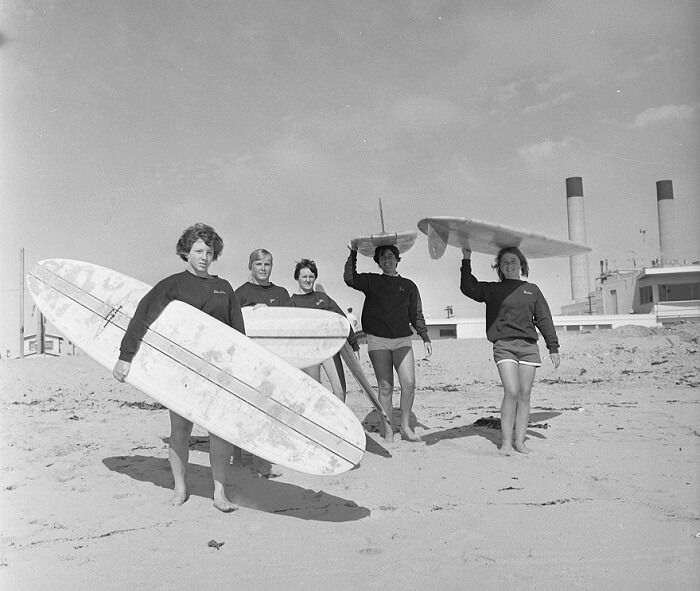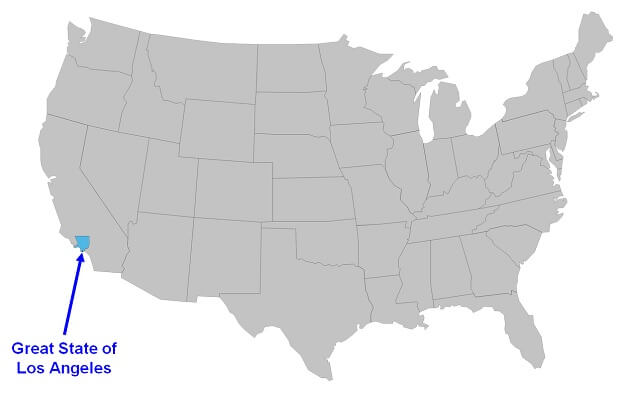
More than half of Los Angeles County households are estimated to have at least one type of pet animal. How many pet households are in your community and what kind of pets do they own?

1963. Members of the California Coast Girls Surf Club gather with their surf boards at a Torrance beach to “hit the waves.” The club had been formed in 1961 by Pamela Maloche, a Narbonne High School sophomore in Harbor City. She had grown up on the Balboa Peninsula in Orange County, but her parents later moved the family out to the Inland Empire. When Pamela later began high school, the family moved back to the coast, this time to the Harbor City area. There, Pamela returned to her love of water and became passionate about surfing. She found the sport, however, male-dominated and dismissive of girls as surfers. Surf clubs were all-male and unwelcoming to girls. So, Pamela came together with 14 other girls to form one of the earliest known female surf clubs (the first may actually have been a women’s surf club down in San Onofre, formed during the 1930s). The all-female club did not try to compete head-to-head with boys, but, rather, sought to demonstrate that girls could also be serious surfers. Besides engaging in their own competitions and surfing ventures, the club added community service projects to their agenda, not typical of male surf clubs at the time.
Photograph in L.A. Times Photographic Collection at UCLA Library.

The population of Los Angeles County alone is larger than that of most U.S. states. If Los Angeles County were itself a state along with the 50 U.S. states (geographically, it is larger than either the State of Rhode Island or State of Delaware), where would its population rank among U.S. states?